|
For the second year in a row I participated in National Moth Week, an event hosted on the website iNaturalist. Between the dates of July 16 and 25, any observation of a moth that was submitted to iNaturalist would be added to a Project which aggregates all of the sightings. Here in Ontario, we have a province-specific Project. During National Moth Week in 2020 I was unemployed, allowing me to take full advantage of nearly every evening. I mothed regularly at my favourite spots in Waterloo Region, spent five nights at a cottage near Bancroft, and visited the Long Point area for a night. Because National Moth Week runs from a Friday until the following Sunday, it is possible to squeeze in at least 9 nights of mothing. This year, I did not have the "luxury" of being unemployed during National Moth Week. My mothing was limited to the two weekends bookending National Moth Week, as well as a couple nights during the week where I explored some local areas. Below are some of my highlights from the week! Dan Riley came down to the Cambridge area for the first weekend and we made the most of the excellent conditions for some black-lighting. We set up in the backyard in Cambridge on the Friday night. Once the clock hit 11 PM, it was go time - National Moth Week had begun! Catocala, a genus commonly referred to as the Underwing Moths, is a popular group in North America. Many species are rather large and intricately patterned, with flashy hind wings that are usually hidden, but which often show bright red/orange and black banding. Some underwing moths have pure black hind wings, while others have yellow and black hind wings. Many of these species fly from mid-July until early September. Most are attracted with bait, though some species will come into lights as well. We found three species of smaller underwing moths that first night, all of which were new for the yard list. Most of the moths that appeared were species that I knew well, a consequence of my frequent mothing escapades in the backyard over the last two years. But with a group of insects so diverse as Lepidoptera, there are always surprises. Some of the highlights this evening were my first Virgin Tiger Moths for the backyard - at least four of them! They were all rather crisp looking, having likely recently eclosed (emerged from their cocoons). Unlike the Catocala featured above, these tiger moths were happy to show off their vivid hind wings. This next moth was only my second observation in Waterloo Region - a Yellow-headed Cutworm Moth. While the big flashy moths are fun to observe, I am usually more interested in some of the small brown jobs. The genus Feltia contains several similar looking cutworm moths, and for a reason I can't explain, I have been drawn to them. Two species, the Subgothic Dart and the Tricose Dart, are virtually indistinguishable apart from the unique antennae that males sport. This individual is a Tricose Dart. I was able to confirm this by photographing the hooks on the antennae, a diagnostic feature. Obviously there are many other crypic species out there, yet to be discovered, especially among some of the smaller, more obscure species. Even in the backyard, if the conditions are suitable I often find at least one "lifer" (a moth I haven't seen before) each evening. Tonight's lifer was the tiny but attractive White Pine Barkminer (Marmara fasciella), a species whose larvae (obviously) mine the bark of White Pine. I would be foolish to ignore the other invertebrate curiosities that landed on the sheets, even if it was National Moth Week. Dan and I had fun photographing this awesome Say's Mantidfly, which is neither a mantis nor a fly. It is actually more closely related to lacewings. Say's Mantidflies seem to be rather common in the backyard for a few weeks in midsummer, dining on caddisflies or whatever else they can grab with their mantis-like forelimbs. Below are a few additional insects of interest from the evening. The following morning saw Dan and I head off to Fletcher Creek Ecological Preserve in nearby Puslinch Township, in search of several butterflies that feed on sedges. While these skippers - and any other butterflies we found - did not count towards National Moth Week, we found a few moths during our travels as well! One of our priorities at Fletcher Creek was to catch up with the presumed hybrid Clay-coloured x Field Sparrow which I had found a week or so earlier with Laura. It was still present in the same area, singing both Clay-coloured and Field songs, as well as one song which started out like Field and finished like Clay-coloured! Perhaps I will write a blog about this bird later this summer. That evening, Dan and I ventured to my favourite local mothing location - Sudden Tract, a forest owned by the Region of Waterloo. We met up with friends Will and Pauline (who live just around the corner from here) for a night of blacklighting and nerding out. Between the four of us, we had four sheets/lights to set up in various locations, all within a short walking distance. The temperatures cooled as the evening wore on, somewhat limiting our final species count. That being said, mid-late July is pretty much the peak of moth diversity. I photographed over 140 species, while as a group we managed almost 180 species of moths. We tried sugaring for Catocala (underwing moths) by painting a mixture of ripe bananas, sugar and beer on some of the trees. I had mixed up the solution only a few hours earlier; perhaps that was why we did not have much success. Letting the mixture sit for half a day or longer seems to be ideal. We only had one Catocala on the bait - a Woody Underwing - but there were a few other moths to point our cameras at. I was pretty stoked when this moth landed on one of the sheets - my first Dimorphic Eulithis (Eulithis molliculata). We would go on to see several that evening. Even though the bait hadn't worked for underwing moths, several species found their way onto our sheets. This first species, the White Underwing (Catocala relicta) is a common species in the north, but they can be hard to come by in the south. This was my first that I had seen locally. The Praeclara Underwing Moth is a scarce species that feeds on serviceberry (Amelanchier) and hawthorn (Crataegus). Sudden Tract seems to be a good location for this species, as this was the third time that I had recorded it. It was a great night for mossing as well as mothing. Will pointed out this scarce species called Goose Egg Moss (Arrhenopterum heterostichum) right beside the trail. While we are on the theme of plants, here is a photo of an interesting one growing just off trail - Ghost Pipes. This ephemeral species can shoot up in only a couple of days. Unlike photosynthetic plants, this species gleans its energy from mycorrhizal fungi, which have in turn acquired their energy from photosynthetic trees. Because Ghost Pipes does not require sunlight for its energy needs, it can live in the dark understorey of forests. Back to moths! This tiny little one was probably my highlight of the night, even though it was barely 10 mm in length. It is called Homosetia costisignella and it is a new species for Ontario. This genus can be really tricky to identify, but H. costisignella appears to be a relatively straightforward identification. Previous Canadian records are from Quebec and Nova Scotia. Sudden Tract is an excellent location for silkmoths - think Luna Moths, Cecropia Moths and the like. By mid-July the season was winding down, but we were still able to scrounge up a single Polyphemus Moth. This seems to be the most frequently encountered silkmoth at Sudden Tract. The Thin-winged Owlet is generally restricted to the southwest in Ontario, and it seems to be downright common at Sudden Tract during July. We probably had 20 of them this evening. This larvae of this species apparently feed on lichens. July is deer fly season at Sudden Tract and they can be brutal right at dusk. Once the sky completely darkens, the deer flies disappear, except for a few that find their way to the sheet where they settle in. Quite attractive flies when viewed in this scenario, as opposed to the typical situation where I am swatting at biters along the back of my head. This Eastern Phantom Crane Fly (Bittacomorpha clavipes) had seen better days. Still, it was making a go of it even with half of its legs missing. This millipede looked like something that you would find in the jungles of South America, not the temperate forests of southern Ontario. It seems to be reasonably common in the rich woods of Sudden Tract. The next three moths are all species which would be enough to make my night (on a normal night). All three I had observed only one time previously, and never locally. First up is Hop Vine Snout (Hypena humuli), then The Herald (Scoliopteryx libatrix), and last, Morning-glory Prominent (Schizura ipomaeae). All three are attractive and distinctive species. Dan and I returned home well after 3 AM, ensuring that we would have a late start on Sunday morning. Prior to Dan heading back home, we made a stop at the Turner Tract in Halton Region in search of some more rare butterflies. The heat, humidity and mosquitoes made our wetland meanderings a little trying, but in the end, we saw our targets. Dan and I kept our eyes open for whatever moths we could find as well. Many of the day-flying species do not often come into lights. This one, a type of twirler moth called Anacampsis nonstrigella was a new species for both of us (and of course, new for National Moth Week). That evening was warm and calm once again. I set up my lights for the third night in a row, though I did not leave the yard this time. After two long nights of mothing over the weekend, I did not have the stamina to stay out too late on Sunday night. But in the short time I had the lights running, I added maybe 25 species to my National Moth Week list. None of them were particularly rare, but they all count! And with that, I will end part 1 of this summary of National Moth Week. Stay tuned for part 2 which will feature a healthy dose of underwing moths, as well as another new species for Ontario.
0 Comments
Leave a Reply. |
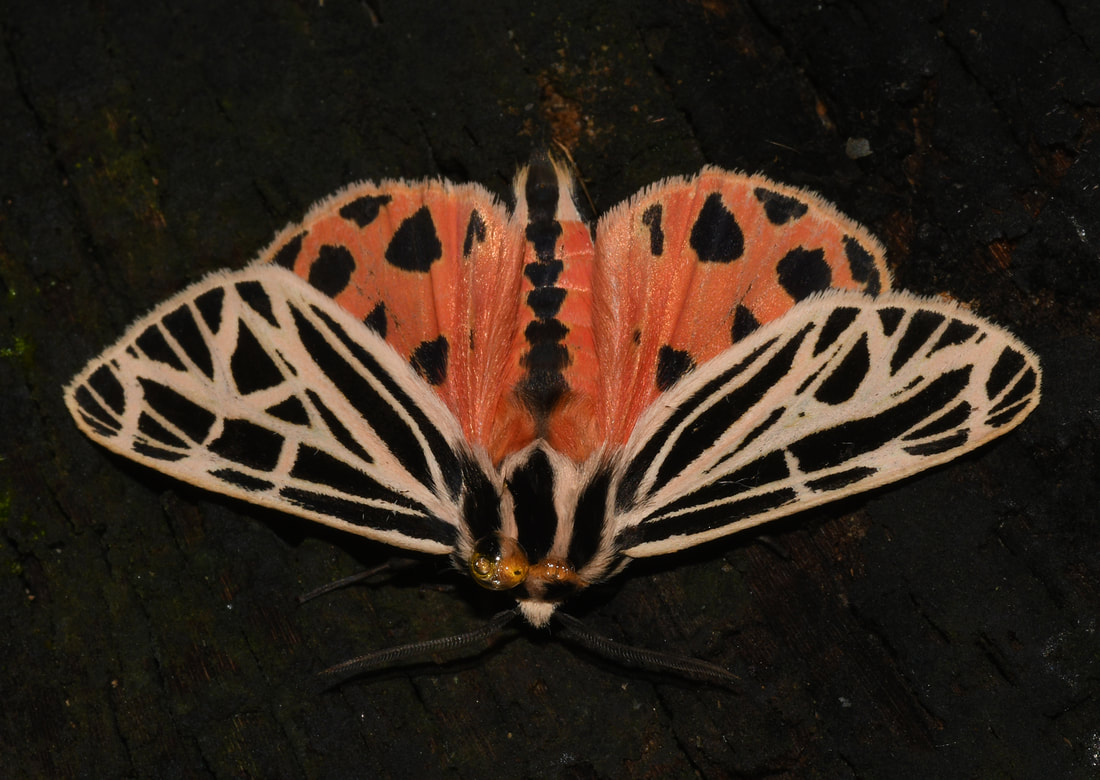









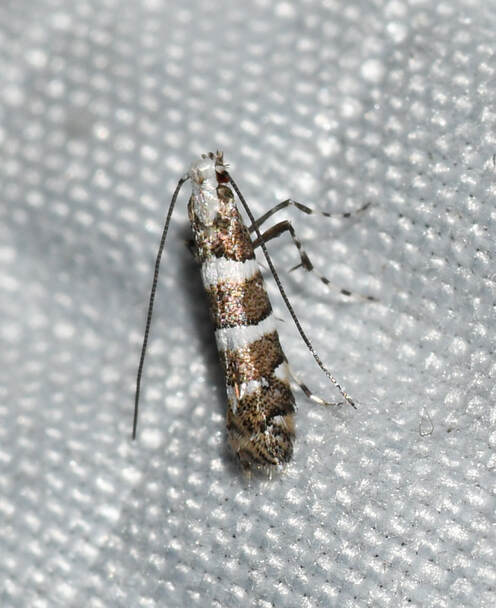











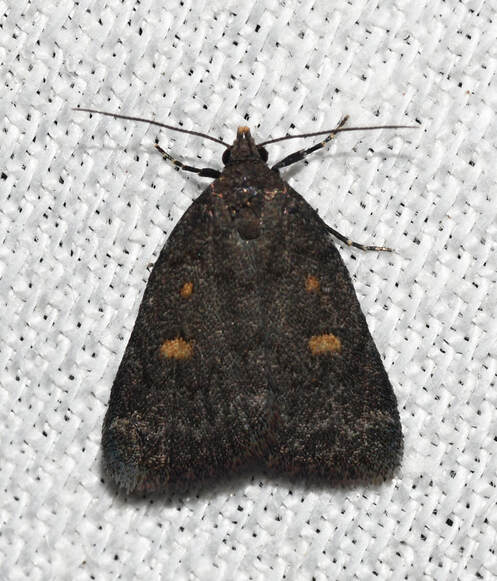



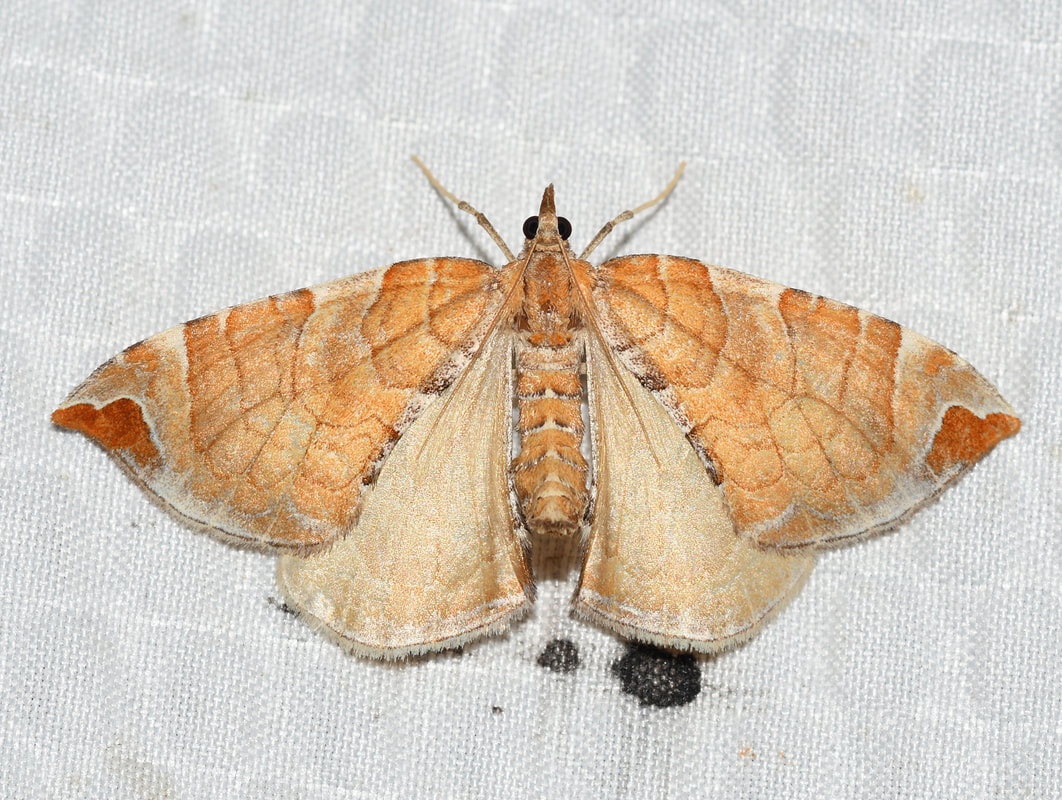
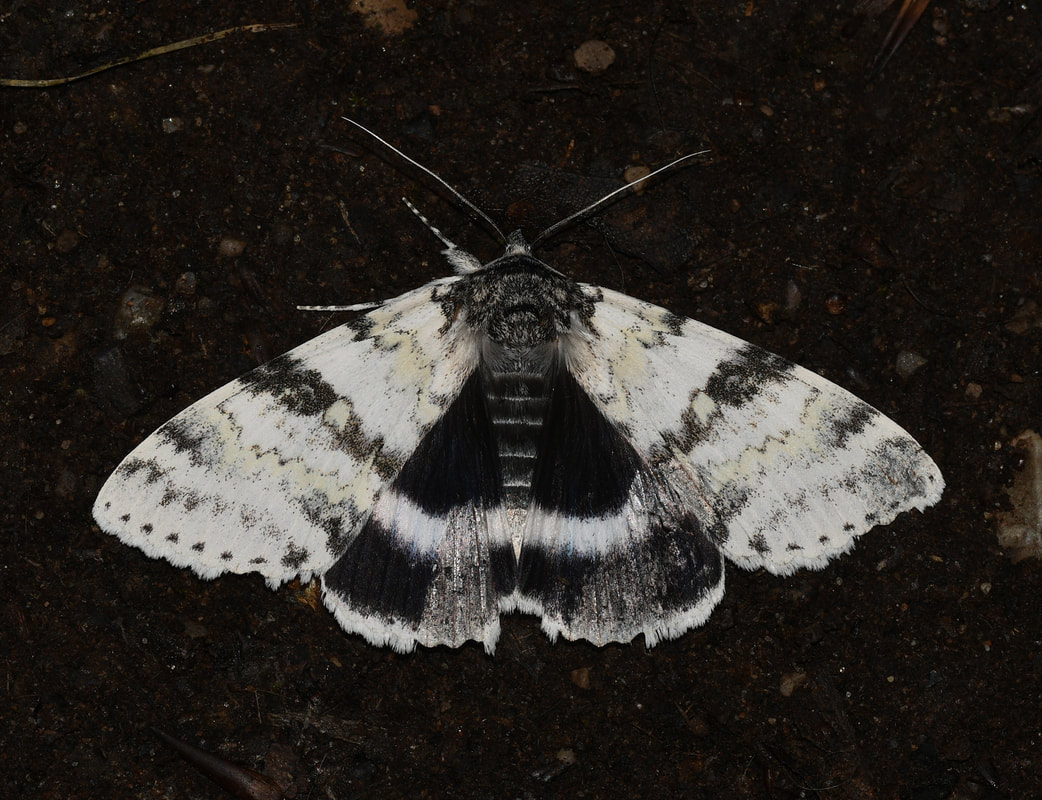


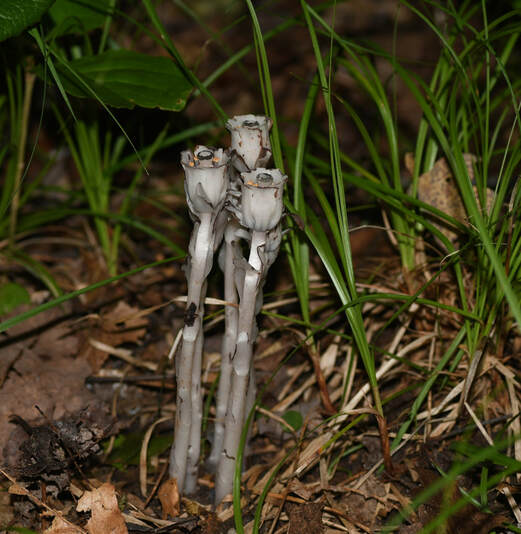

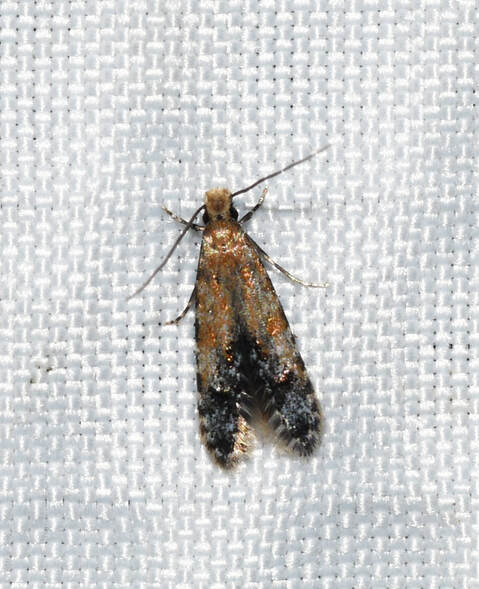



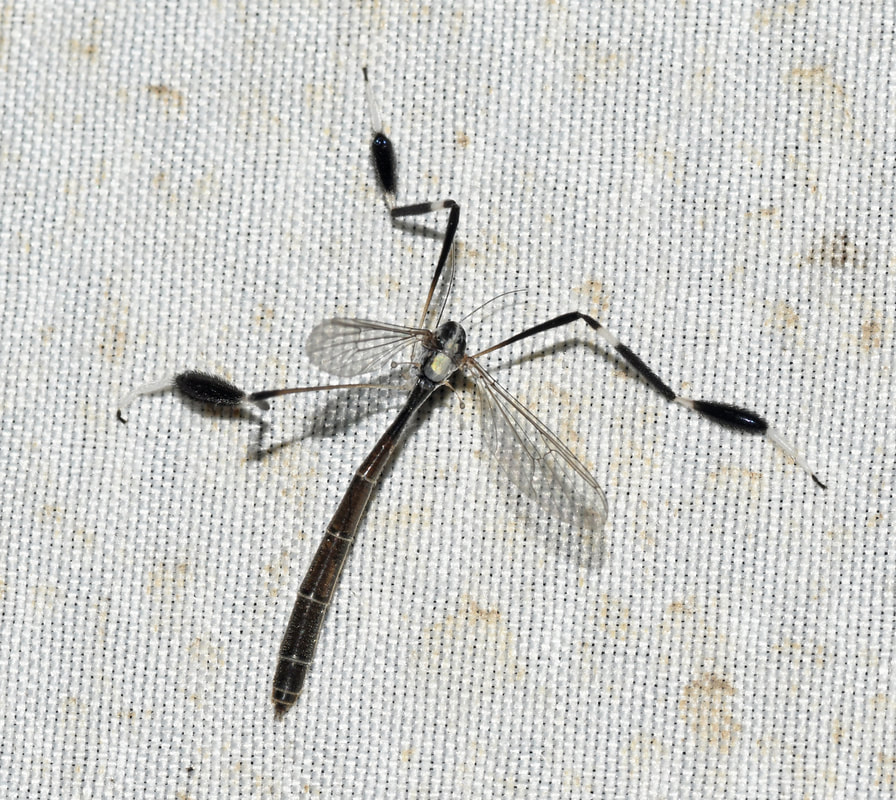


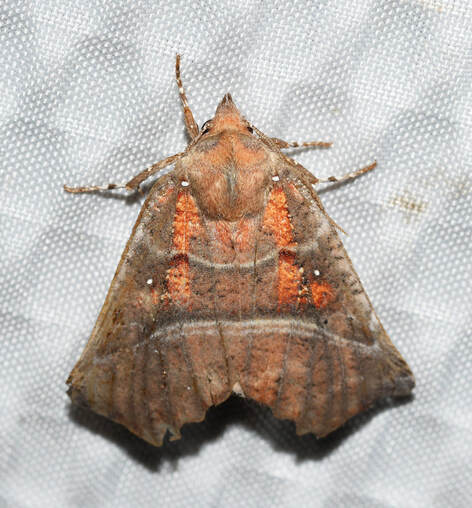
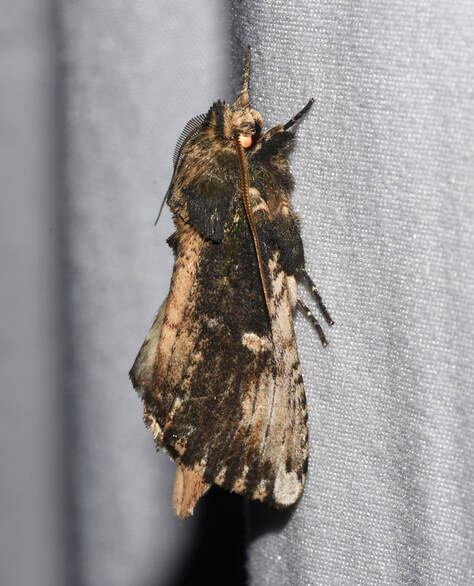
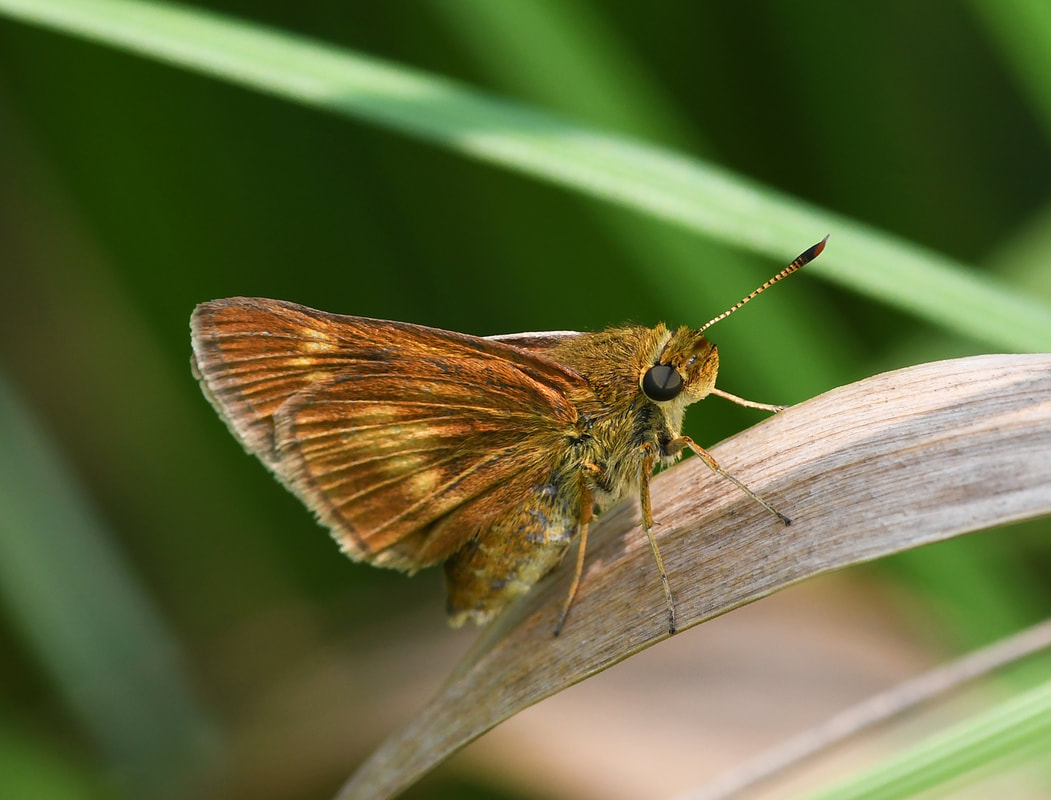


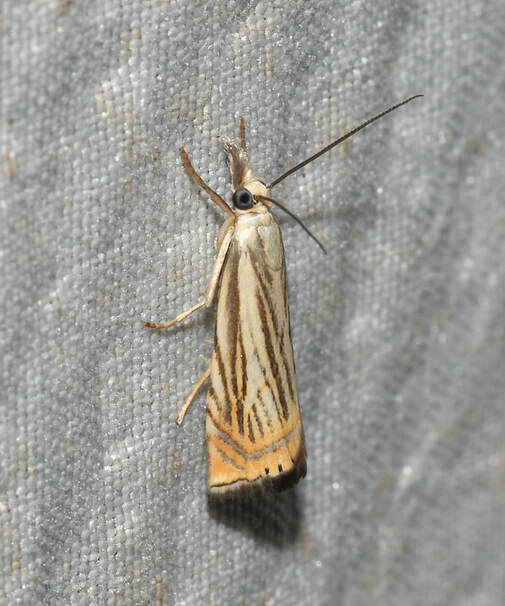
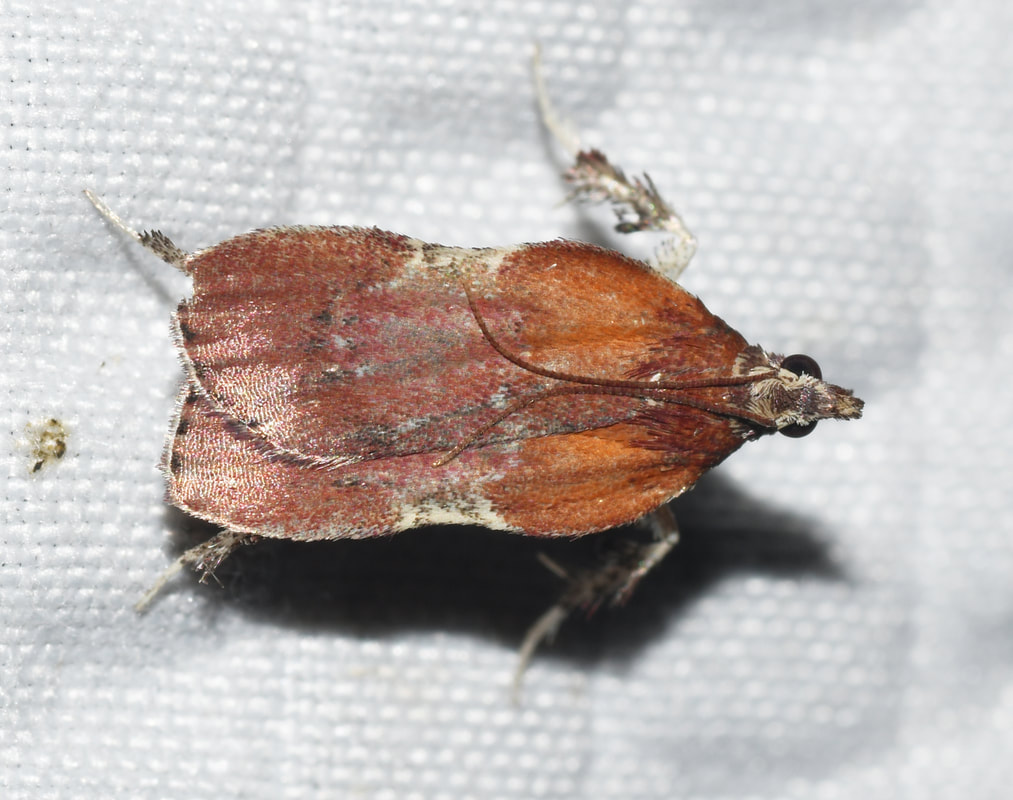

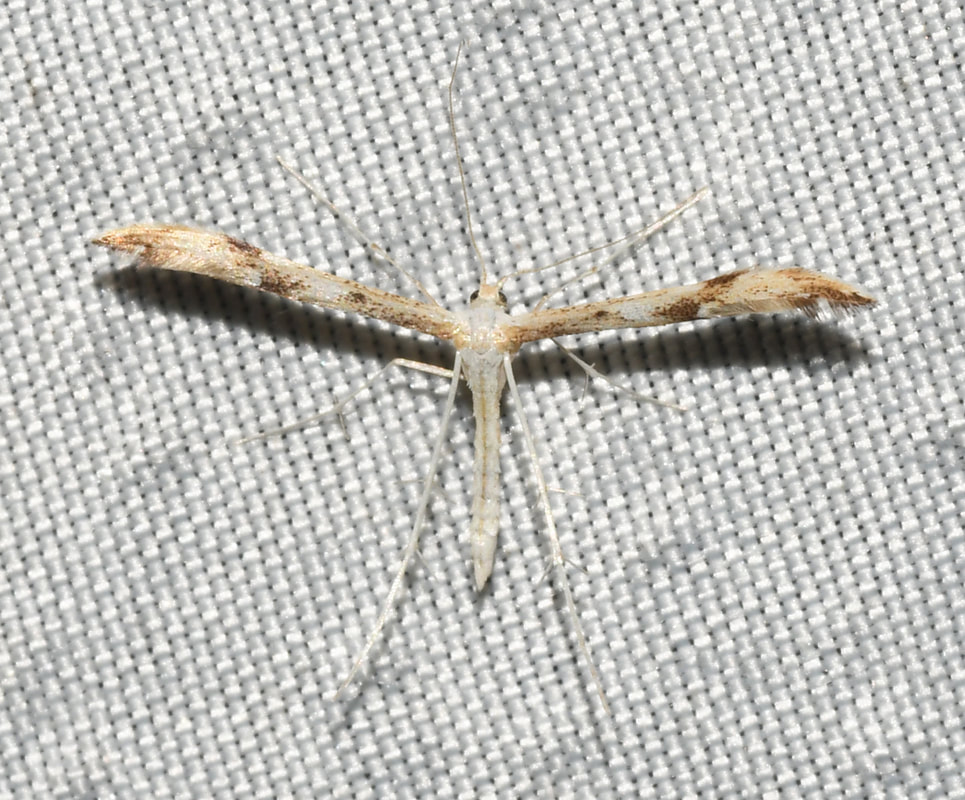


 RSS Feed
RSS Feed